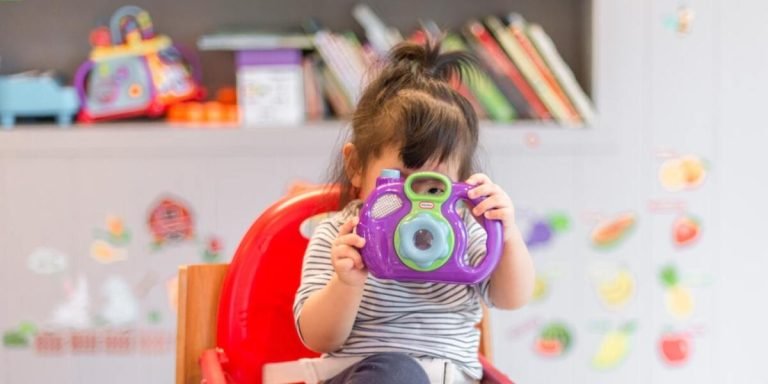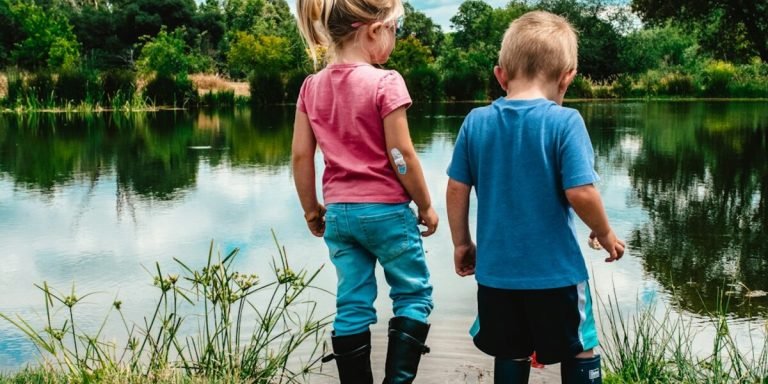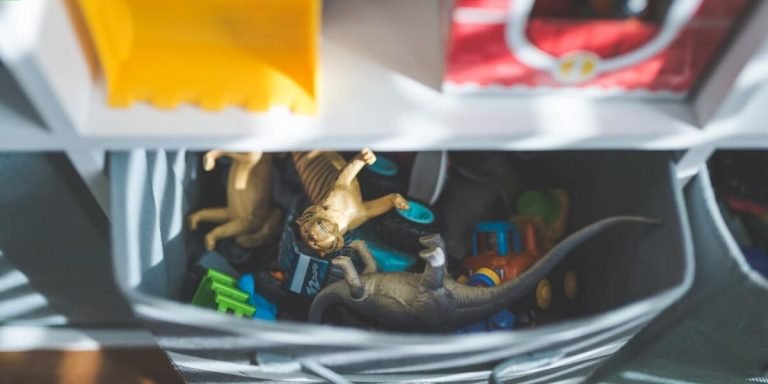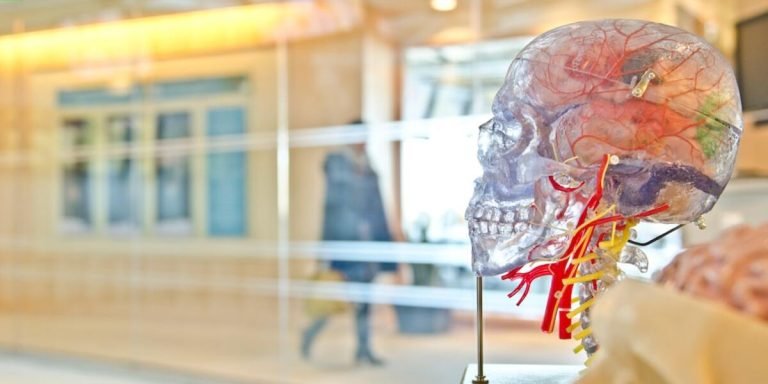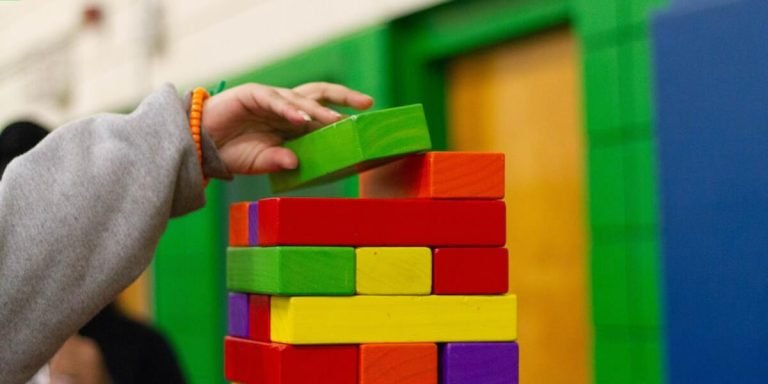Kinesthetic or Tactile Learners: Understanding Their Unique Learning Style in Early Childhood Education
The education sector has long recognized the importance of acknowledging diverse learning styles to ensure a rich and fulfilling experience for all students. Particularly in early childhood development, curricula often cater to visual or auditory learners but may neglect one critical group that benefits from a more hands-on approach: kinesthetic or tactile learners.
Understanding how these children interact with their educational environment is fundamental as it significantly influences not only their capacity to grasp new concepts but also shapes their overall academic journey. Kinesthetic or tactile learners thrive on experiential learning and activity-based methods; this blog post aims at providing an enlightening insight into this unique style of knowledge acquisition.
Did you know?
Kinesthetic learners, who learn best through physical activity rather than reading or listening, make up nearly 20% of the population – a significant proportion largely overlooked in traditional teaching methods.
Understanding Experiential Learning and Its Impact on Kinesthetic Learners
Experiential learning, often hailed as a ground-breaking educational approach, has proven to be particularly effective for kinesthetic or tactile learners. This innovative teaching method immerses students in direct experiences and focused reflections, propelling them down the path of discovery rather than rote memorization. Kinesthetic learners thrive on such active involvement; they learn best when they can move around and engage with their physical environment.
In essence, experiential learning takes theories off textbook pages and breathes life into them by converting abstract concepts into tangible tasks. The hands-on experience facilitates better understanding while catering to kinesthetic learners’ natural propensity towards action instead of observation. For these students who grasp information more effectively through touch and movement – grasping a math cube feels far less daunting than solving an algebraic equation on paper!
The significant impact that experiential learning brings is undeniably transformative for the education process of kinesthetic individuals in 2023.The key lies in stimulating their strongest sensory channels – haptic sensations – fostering both cognitive development and academic success simultaneously.
Interestingly enough, this mode not only benefits children but also resonates among adults showing tendencies towards kinetic cognition. Recognizing its ability to enhance learner engagement by creating meaningful connections between actions and thoughts marks an important milestone in our understanding of versatile pedagogical methods like activity-based or experiential learning approaches.
Defining Experiential Learning: A Pathway for Tactile Knowledge Acquisition
In the realm of childhood education, experiential learning holds immense potential. Specifically designed for Kinesthetic or tactile learners, this teaching approach can redefine how knowledge is acquired and assimilated by these young minds.
To define it simply, Experiential Learning (EL) refers to a process through which children gain insights from personal experiences rather than traditional textbook-based methods. It’s akin to “learning by doing” coupled with reflective thinking – two factors that greatly appeal to kinesthetic learners’ nature.
Experiential learning engages all the senses making complex concepts easier for kids who learn best when moving or touching things- aka kinesthetic/tactile learners. This hands-on education method compels them into physical action – exploring objects around them, establishing connections between theory and reality themselves thus aiding overall comprehension.
A great example could be a simple gardening activity—the child plants seeds(direct experience), observes their growth(reflection), learns about photosynthesis(conceptualizing), then experiments like introducing fertilizers(testing new ideas). The cycle repeats enhancing depth & breadth of understanding each time contrary to passive rote memorisation techniques commonly used elsewhere.
The Dynamics of Hands-On Experience in Enhancing Retention for Kinesthetic Learners
An approach called experiential learning allows children to learn through active engagement and direct experience, catering actively to kinesthetic or tactile learners. Here’s how:
Kinesthetic learners naturally gravitate towards physical activity. Incorporating hands-on tasks in lessons jibes with their innate preference for moving and doing rather than watching a process unfold passively.
When kids engage directly with the materials they’re studying, they create personal understandings that often outlast those created by reading or even discussion alone.
Physical action helps focus these younger minds as it prevents distractions caused due to restlessness. By making them do relevant activities while learning concepts strengthens their comprehension of the subject matter too.
Remember though – implementing experiential projects takes careful planning on part of educators – from setting clear objectives vis-à-vis curriculum guidelines to creating safe spaces where young ones can freely explore themes under adult supervision are key considerations.
As we navigate into 2023, let’s continually adapt our teaching methods not only for kinestheticortactile learners but all types of students because effective education is always personalized education!
Activity-Based Strategies to Engage Tactile Learners Effectively
In the field of education, particularly childhood learning, a one-size-fits-all approach is outdated. Recognizing this fact has led educators and guardians to seek more nuanced techniques in their quest for effective pedagogy methods. Among these techniques are strategies designed specifically for kinesthetic or tactile learners – children who learn best by doing.
Activity-based learning holds immense potential as an instructional strategy facilitating active involvement and hands-on experience for these students. It enhances cognitive development through physical activities that serve dual objectives: teaching theoretical concepts while fostering motor skills simultaneously.
Enriching classroom sessions with activity-based strategies provides various advantages especially when catering to the needs of tactile learners. The mundane routine transforms into dynamic interactive lessons where every child actively participates rather than be passive recipients of knowledge merely dictated by teachers or read from textbooks.
Focusing on experiential learning helps hone important life skills such as problem-solving, critical thinking and decision-making among youngsters while boosting creativity levels significantly higher compared to traditional blackboard-centric approaches.
An integral part of developing successful educational outcomes involves recognizing individual student strengths – including those who thrive in kinetic environments – then employing suitable instructive solutions like activity-based ones promoting efficient information absorption whilst retaining engagement throughout the study process.
Incorporating Movement and Touch in Lesson Plans
In today’s education landscape, understanding the vast learning styles of students is paramount. Among these styles, kinesthetic or tactile learners are unique as they acquire knowledge best through physical activities rather than listening to lectures or reading texts.
1. **Transformation into Interactive Lessons**: Shift away from traditional passive learning towards more interactive classes. Using an experiential approach allows kids to get hands-on with their curriculum making grasping concepts easier.
2. **Adopting Role Playing Techniques**: The act of physically mimicking a concept – say acting out historical events dramatically – makes the process of learning fun-filled yet meaningful.
4.Organize Field Trips:** Akin to outdoor classes but on a broader scale engaging multiple sensory engagements amplifying their comprehension skills subsequently aiding recall ability too!
Real-World Applications: Bridging the Gap Between Theory and Practice for Active Learners
As a facet of the experiential learning domain, real-world applications are paramount for kinesthetic or tactile learners. They fill the gap between theoretical education and practical experience. Here’s how you can do this effectively.
1. “Show-Don’t-Tell” Approach: Instead of telling your child about things, show them interactively with examples from daily life activities like grocery shopping, basic cooking tasks or nature walks among others.
2. Learning Through Games: Active board games offer many opportunities to teach children while they play; it’s an excellent strategy that makes abstract concepts tangible through visual aids.
3.Reverse Teaching Method: Encourage your child to explain what they have learned using toys or drawings in their own way – A great technique to test knowledge understanding and retention all at once!
4.Science Experiments At Home: Regular household items can be used wonderfully for demonstrating simple scientific principles – Think vinegar volcanoes and home-made slime! Remember safety comes first though!
5.Field Trips And Excursions: For example, trips to museums allow children keen on history or science subjects get hands-on experiences that enrich classroom lessons tremendously.
6.Mind-Mapping Techniques : Visual techniques such as tree diagrams help active learners better understand connections within study material making it easier to recall facts during exams.
Assessing Learning Outcomes for Kinesthetic Students Through Experiential Methods
Recognizing the importance of individual learning styles has become paramount in modern-day education. Among these, kinesthetic or tactile learners take center stage due to their unique way of internalizing knowledge through touch and movement; they learn best by carrying out physical activities rather than listening to a lecture or watching demonstrations. The challenge for educators and parents is how to assess the learning outcomes effectively for such students – a problem addressed innovatively with experiential methods.
Experiential learning is an educational approach that engages students physically and emotionally along with cognitive understanding. It’s more than just “hands-on” training – it provides opportunities for reflection on doing, which strengthens critical thinking skills while reinforcing subject matter content simultaneously. This methodology proves particularly efficacious for kinesthetic learners who can absorb information easier when involved in practical tasks.
Determining whether children have absorbed lessons adequately still remains one major hurdle within this paradigm shift towards activity-based pedagogy—assessment complexities exist because traditional examination formats might not capture accurately what was learned through experience alone.
Evaluative Techniques Tailored to Tactile Learning Styles
Learning outcomes can be effectively assessed for kinesthetic or tactile learners through the use of experiential methods. These hands-on techniques engage both body and mind, turning each learning experience into an enriching journey that prompts active participation.
The first step is designing evaluation strategies which cater specifically to this type of learner. This involves creating assessments with a focus on activities that actively involve students in their own education process.
1. Project-Based Assessments: Instead of paper-pencil tests, consider project-based evaluations where children exhibit understanding through creation and practical application. Whether it’s crafting a volcano model for geography class or building wooden toys during carpentry sessions, these projects provide tangible proof of their grasp on concepts.
3.Self-Evaluation Through Reflective Journals: It’s beneficial when children are given chance self-assess progress too! Encouraging them maintain reflective journal noting what they’ve done well areas improvement extends beyond academic success developing life skills like critical thinking introspection.
Measuring Progress Beyond Traditional Testing: Adapting Assessments to Physical Engagement
Understanding the strengths and patterns of kinesthetic or tactile learners is only half the battle – accurately assessing their progress beyond traditional testing methods is equally important. Experiential learning, also known as activity-based learning ties in neatly with these learners’ preferences.
Traditional pen-and-paper tests don’t provide a full picture for students who require more physical engagement to effectively absorb material. It’s not that they lack understanding; rather, their comprehension shines through dynamic demonstrations and hands-on projects better than written exams.
So how do we adapt assessments suitable for kinetic learners?
For instance, if your lesson were about force and motion principles within physics prospects in 2023 , you can ask them to build miniature catapults applying those principles directly into construction designs then assess them based on functionality . The complexity involved here covers multiple aspects such as comprehension checks along with problem-solving skills improvement which gets overlooked via paper-tests .
Next comes peer-assessment opportunities which encourages constructive feedback building apart from enhancing student interactions . Get children to work together on project designings then present back collectively after evaluating each member’s contribution against designed rubrics . Such measures help instill team-work values while promoting shared-learning culture expansion across classroom environments .
Conclusion
There’s no doubt about it – understanding the unique learning style of kinesthetic or tactile learners can significantly enhance their early education journey. These little explorers are a fascinating blend of curiosity, energy and determination; an unstoppable mix that once directed correctly, will make them leaders in future fields untouched by us today.
So whether you’re a parent or educator seeking support, laced with evidence-based strategies to help your child embrace their distinct way of learning, don’t hesitate to browse further on our website. We’ve got tons more information proven to enrich not just children’s educational experiences but yours as well. Let’s together unravel the mystery wrapped within these promising young minds!



